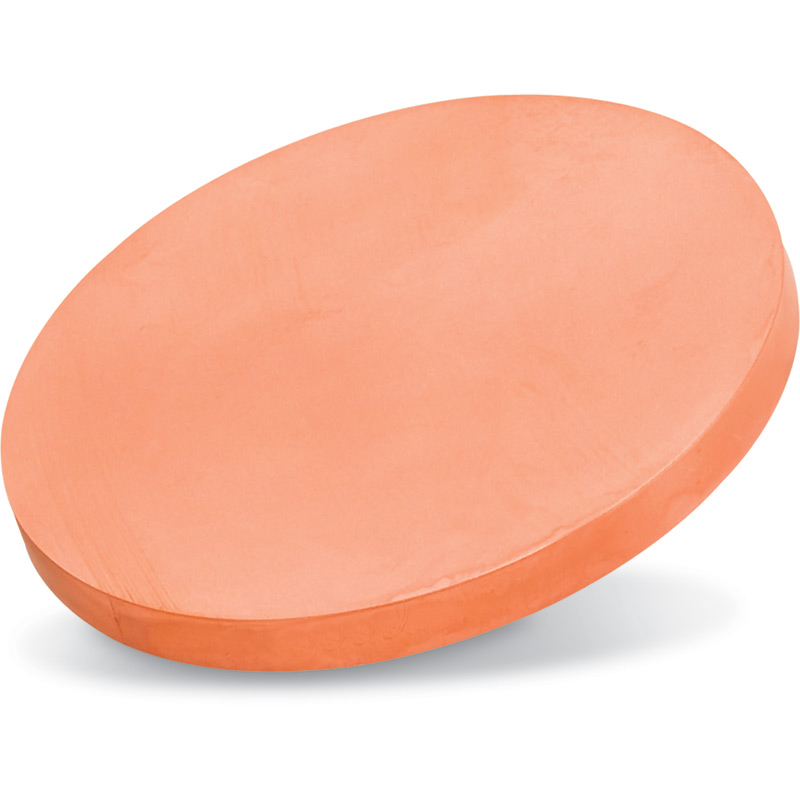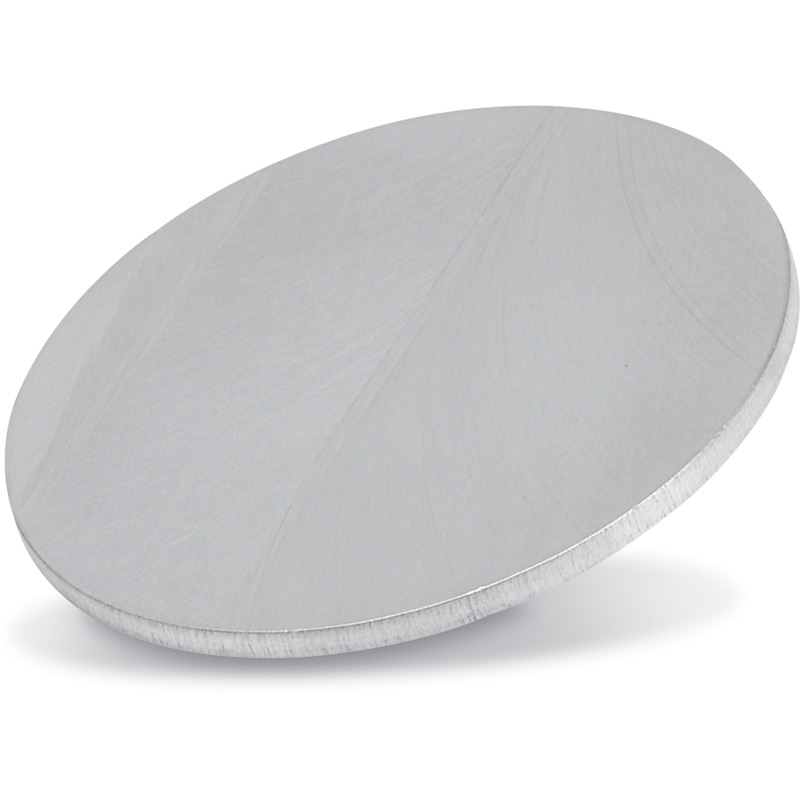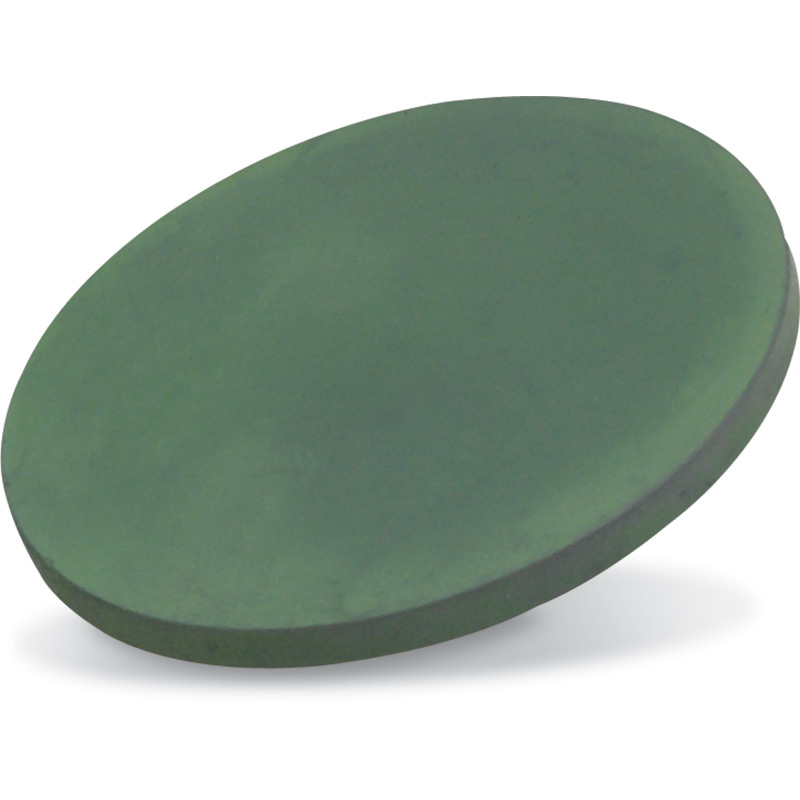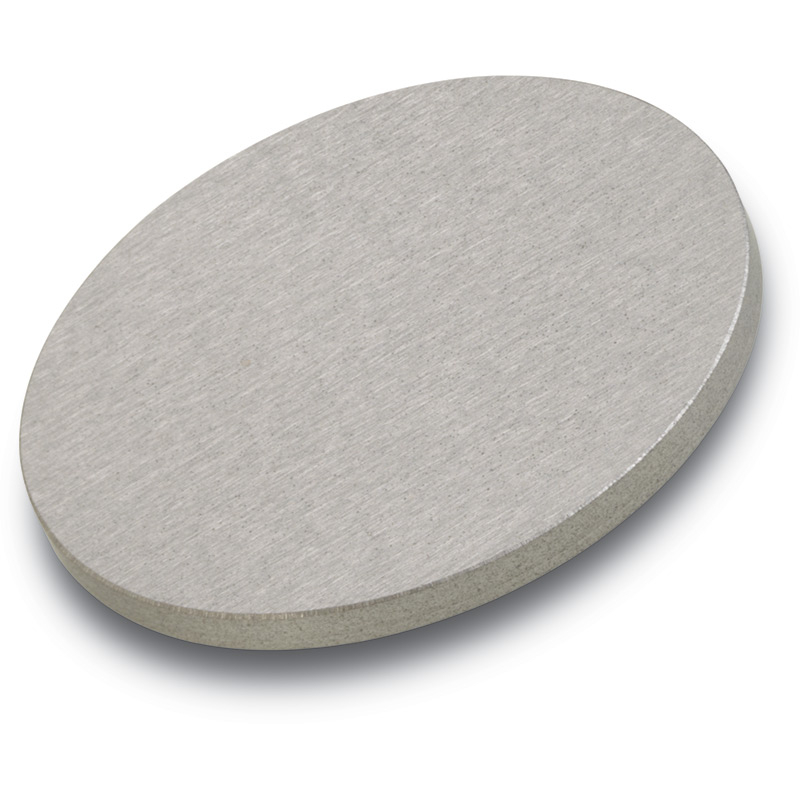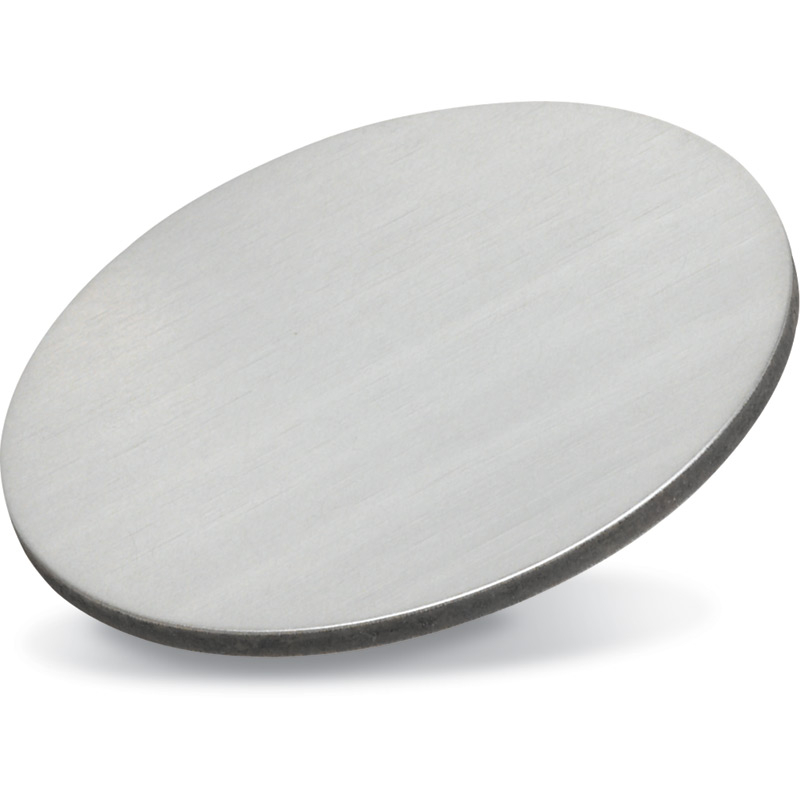Copper is one of the most highly utilized elements in the world with evidence of its usage found during ancient times. It is reddish-orange in color with a melting point of 1,083°C, a density of 8.92 g/cc, and a vapor pressure of 10-4 Torr at 1,017°C. Two of the most popular alloys in the world, brass and bronze, contain copper. It is known to be an excellent conductor of heat and electricity and can be found in wire, coins, and electromagnets. The vacuum industry relies heavily on copper material for backing plates which are bonded to sputtering targets. Copper, along with its alloys and compounds, are evaporated under vacuum to form layers in the manufacture of semiconductors, sensors, and circuit devices.
Copper (Cu) Specifications:
Material Type | Copper |
Symbol | Cu |
Atomic Weight | 63.546 |
Atomic Number | 29 |
Color/Appearance | Copper, Metallic |
Thermal Conductivity | 400 W/m.K |
Melting Point (°C) | 1,083 |
Coefficient of Thermal Expansion | 16.5 x 10-6/K |
Theoretical Density (g/cc) | 8.92 |
Z Ratio | 0.437 |
Sputter | DC |
Max Power Density (Watts/Square Inch) | 200* |
Type of Bond | Indium, Elastomer |
Comments | Adhesion poor. Use interlayer (Cr). Evaporates using any source material. |

